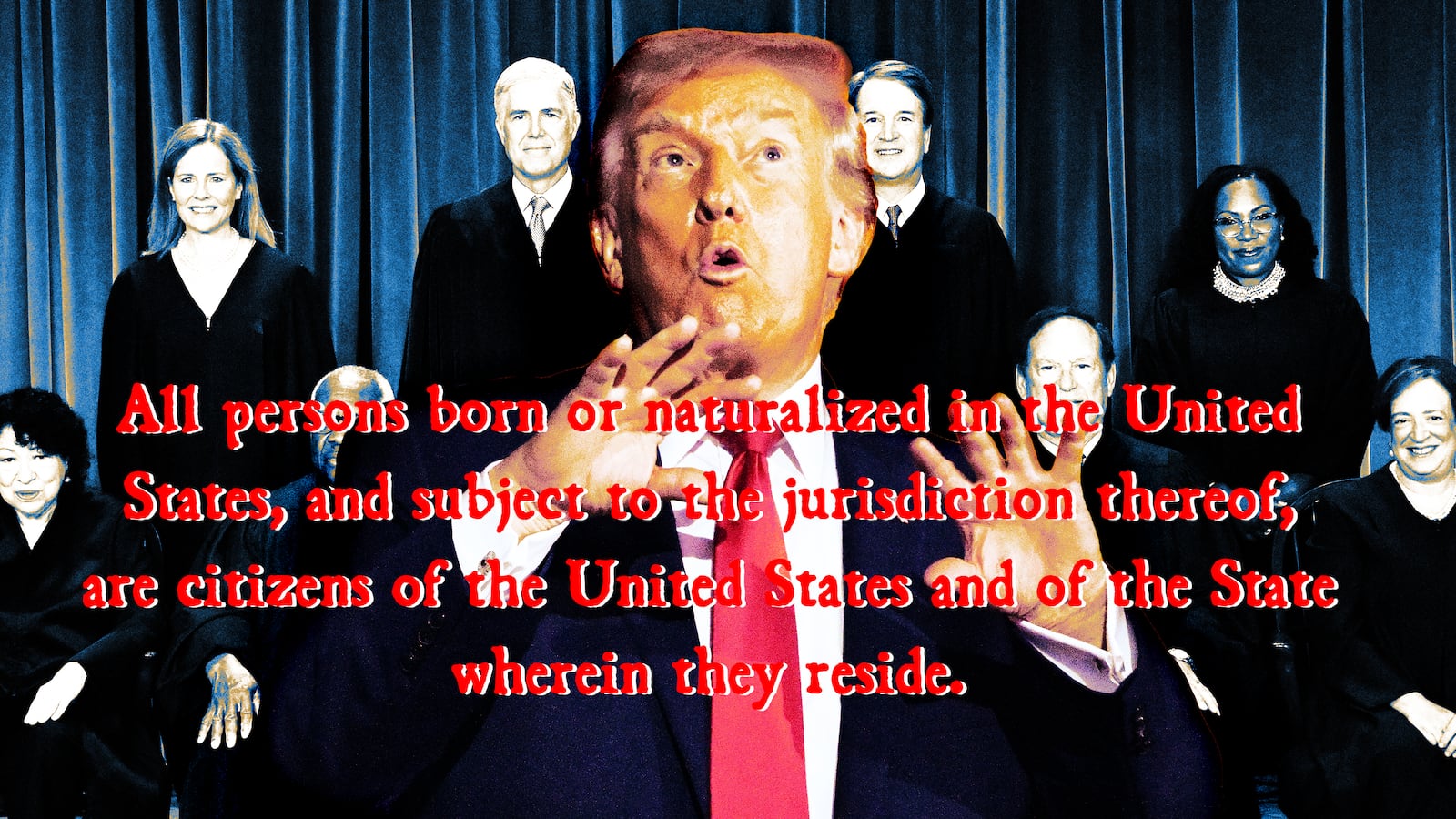The scientist who discovered sperm was so grossed out he hoped his findings would be repressed
"Human civilization had a good understanding of how sex and reproduction worked long before the microscope was invented. But it wasn't until the 17th century that anyone knew what sperm actually were, or were aware of their strange appearance. And when sperm finally were formally discovered, by Antonie Philips van Leeuwenhoek, the father of microbiology, he was so uncomfortable he wished he could unsee what he'd just observed.
When Royal Society Secretary Henry Oldenburg asked Leeuwenhoek to look at semen, the Dutch draper initially did not reply "because he felt it was 'unseemly.'"
Despite living in the Dutch Republic during the 17th century, Leeuwenhoek's story could be mistaken for embodying the American Dream. He was never formally trained as a scientist, but he had a strong work ethic and a powerful mind. Armed with those tools, Leeuwenhoek made discoveries that transformed how human beings view the world. By the end of his life, he was a prosperous pillar of his community and regarded throughout the West as an intellectual giant. He owed all of this to one thing: His cutting edge microscopes and their ability to study "animalcules," as bacteria were then called. His microscopes indisputably proved to humanity that it shared this planet with countless single-celled organisms.
Yet when Leeuwenhoek discovered sperm, he anticipated that the world would be disgusted. . .
While Leeuwenhoek never wrote any books, he detailed his findings in letters published by a scientific journal known as the Philosophical Transactions of the Royal Society. For several years, educated Europeans marveled at the discoveries of a man who used his microscope to analyze bee stingers, human lice, lake microbes and other relatively uncontroversial organisms.
Yet throughout this time, Leeuwenhoek would periodically be urged to examine semen. He was reluctant and stated that this was due to his religious beliefs, but in 1677 he finally relented to the pressure. His reaction can be best understood by what he wrote to the Royal Society about what he saw:
"If your Lordship should consider that these observations may disgust or scandalise the learned, I earnestly beg your Lordship to regard them as private and to publish or destroy them as your Lordship sees fit."
"Without being snotty, Leeuwenhoek (the 'van' is an affectation he adopted later on) was not trained as an experimental thinker," explained Matthew Cobb, a British zoologist and author of the book "Generation: The Seventeeth Century Scientists Who Unraveled the Secrets of Sex, Life and Growth." Cobb recalled by email that when Royal Society Secretary Henry Oldenburg asked Leeuwenhoek to look at semen, the Dutch draper initially did not reply "because he felt it was 'unseemly.'" Even though he eventually overcame his reservations, Leeuwenhoek added so many caveats to his semen research that it is clear he remained somewhat uncomfortable.
A few months later, he wrote the aforementioned letter saying that he would not at all mind if his discovery was suppressed.
"He reassured the Royal Society that he had not obtained the sample by any 'sinful contrivance' but by 'the excess which Nature provided me in my conjugal relations,'" Cobb explained. "He wrote that a mere 'six heartbeats' after ejaculation, he found 'a vast number of living animalcules." A few months later, he wrote the aforementioned letter saying that he would not at all mind if his discovery was suppressed. After all, in addition to being grossed out, Leeuwenhoek was not under the impression that he had found anything special.
"He was initially not particularly interested in the 'animalcules' as he called them — he assumed they were just another form of life, just like the stuff he saw in water, or from between his teeth," Cobb pointed out. "Then he got interested in some odd fibrous structures that he could see, and considered that they were of some interest."
The "odd fibrous structures" were, of course, the sperm tails. While Leeuwenhoek could never have imagined this at the time, the cells that he had spotted are unlike anything else in the human body. As Syracuse University biologist Scott Pitnick has pointed out, sperm cells are the only human cells designed to perform functions outside of the actual body. They must undergo radical physical changes as they undertake their journey from the testes through the complex female reproductive tract. Even today, scientists "understand almost nothing about sperm function, what sperm do" Pitnick told Smithsonian Magazine.
This context is crucial in understanding why Leeuwenhoek initially assumed sperm were nothing special. . .
For his part, "Leeuwenhoek eventually decided that these animalcules were the sole source of life, with eggs either being non-existent (mammals) or sources of food (birds, frogs, etc.) but he had no proof, and his view was very much a minority one for the next two centuries."
At the same time, Leeuwenhoek mostly continued with his careers as a draper and a world-renowned expert on developing microscopes. Because he did not fully understand what he had seen, the world would view his discovery as little more than a gross piece of trivia for a few more centuries.
"He was not particularly interested in the problem of generation," READ MORE
.jpg)
.jpg)
.jpg)
.jpg)
.png)
.jpg)


No comments:
Post a Comment